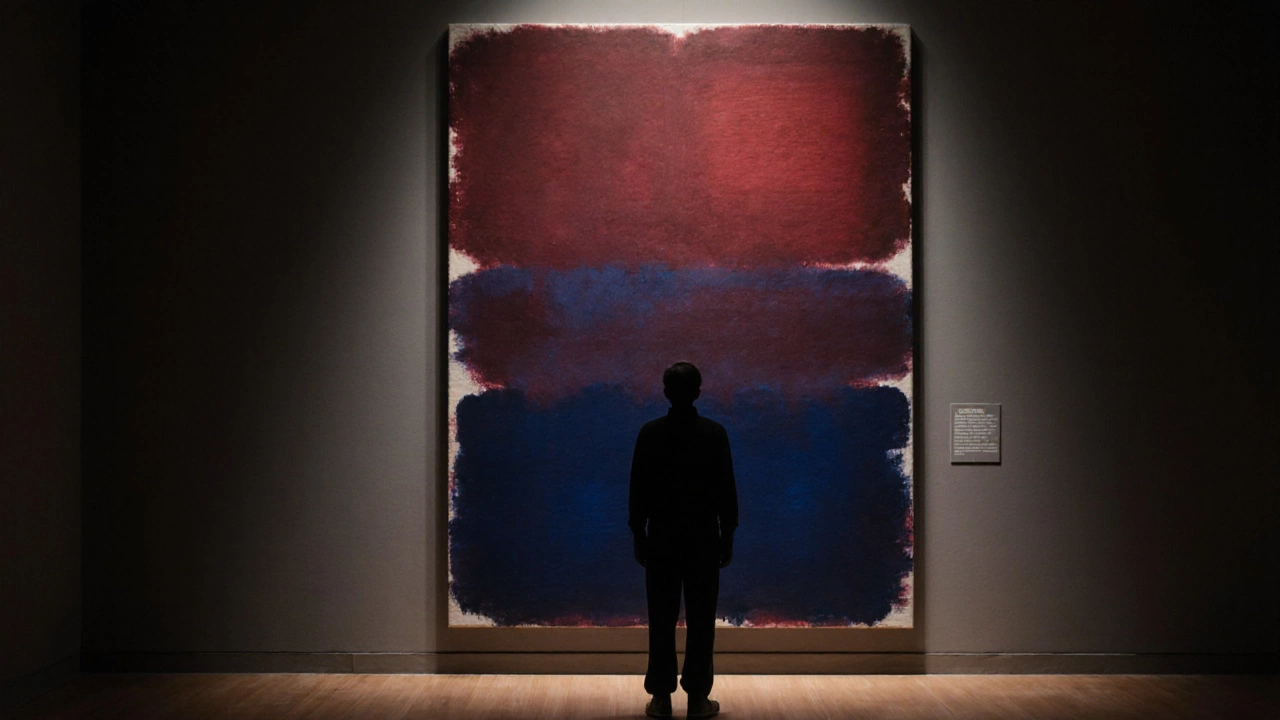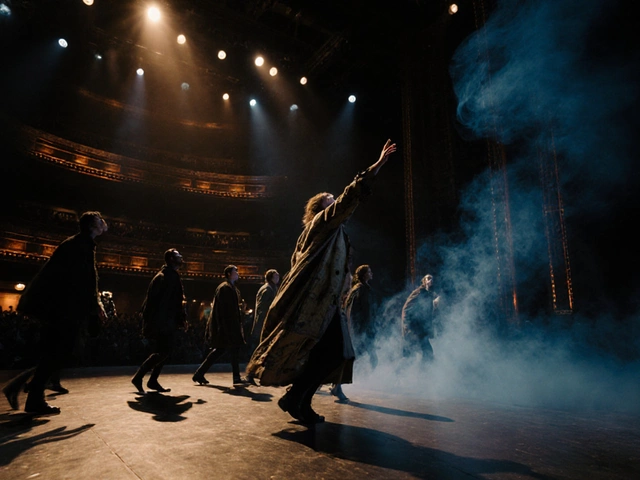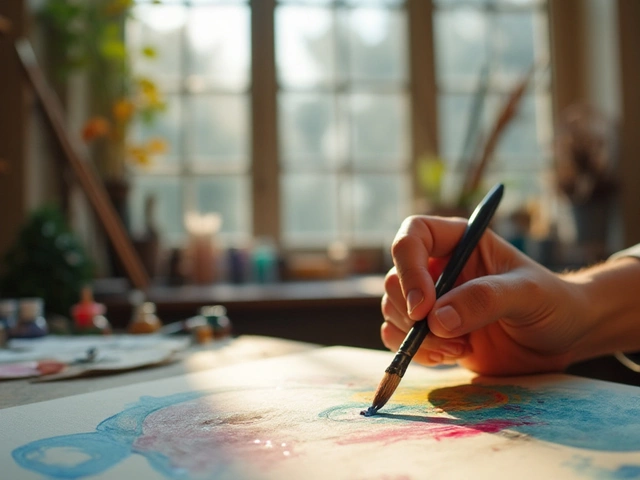Non-Representational Art: What It Is, Why It Matters, and How to Understand It
When you look at a painting and can’t find a tree, a face, or a building, you’re not looking at a bad drawing—you’re looking at non-representational art, art that doesn’t depict recognizable objects from the physical world. Also known as pure abstraction, it’s not about what you see—it’s about what you feel, think, or sense. This isn’t random splashes of paint. It’s a deliberate choice to remove the familiar and let color, line, texture, and form speak for themselves.
People often confuse non-representational art, art with no reference to real-world objects with abstract art, art that simplifies or distorts reality. But they’re not the same. Abstract art starts with something real—a landscape, a person—and pulls it apart. Non-representational art never started with reality at all. It’s built from scratch. Think of it like music: abstract art is a song based on a real story; non-representational art is an instrumental piece with no lyrics, just emotion.
Some of the most powerful movements in modern art grew from this idea. Abstract Expressionism, a post-WWII movement focused on raw emotion and gesture gave us Pollock’s drips and Rothko’s floating color fields. Geometric Abstraction, art built with clean shapes, lines, and precise color relationships gave us Mondrian’s grids and Kandinsky’s structured compositions. These aren’t just styles—they’re philosophies. They ask: Can art mean something without showing you anything you’ve seen before?
Why does this matter to you? Because if you’ve ever looked at a modern painting and thought, "My kid could do that," you’re missing the point. It’s not about skill in the traditional sense. It’s about intention. It’s about breaking free from rules that have governed art for centuries. And yes, it’s confusing. But confusion is part of the process. The best non-representational art doesn’t explain itself—it pulls you in and makes you question what art even is.
What you’ll find in these posts isn’t a textbook on art history. It’s real talk from artists and learners who’ve wrestled with the same questions. You’ll see how non-representational art connects to modern art movements, why it’s misunderstood, and how to start creating without needing to draw a perfect circle or a realistic tree. Whether you’re curious, skeptical, or ready to try it yourself, this collection cuts through the noise. No fluff. Just clarity.
What Draws People to Abstract Art?
Abstract art doesn't show the world-it shows how we feel inside it. People connect with it not because they understand it, but because it lets them feel what words can't express.
Continue ReadingHow to Create Abstract Art: A Practical Guide for Beginners
Learn how to create abstract art without needing formal training. Discover intuitive techniques, simple materials, and the mindset to let emotion guide your brush. Start today-no perfection required.
Continue Reading





